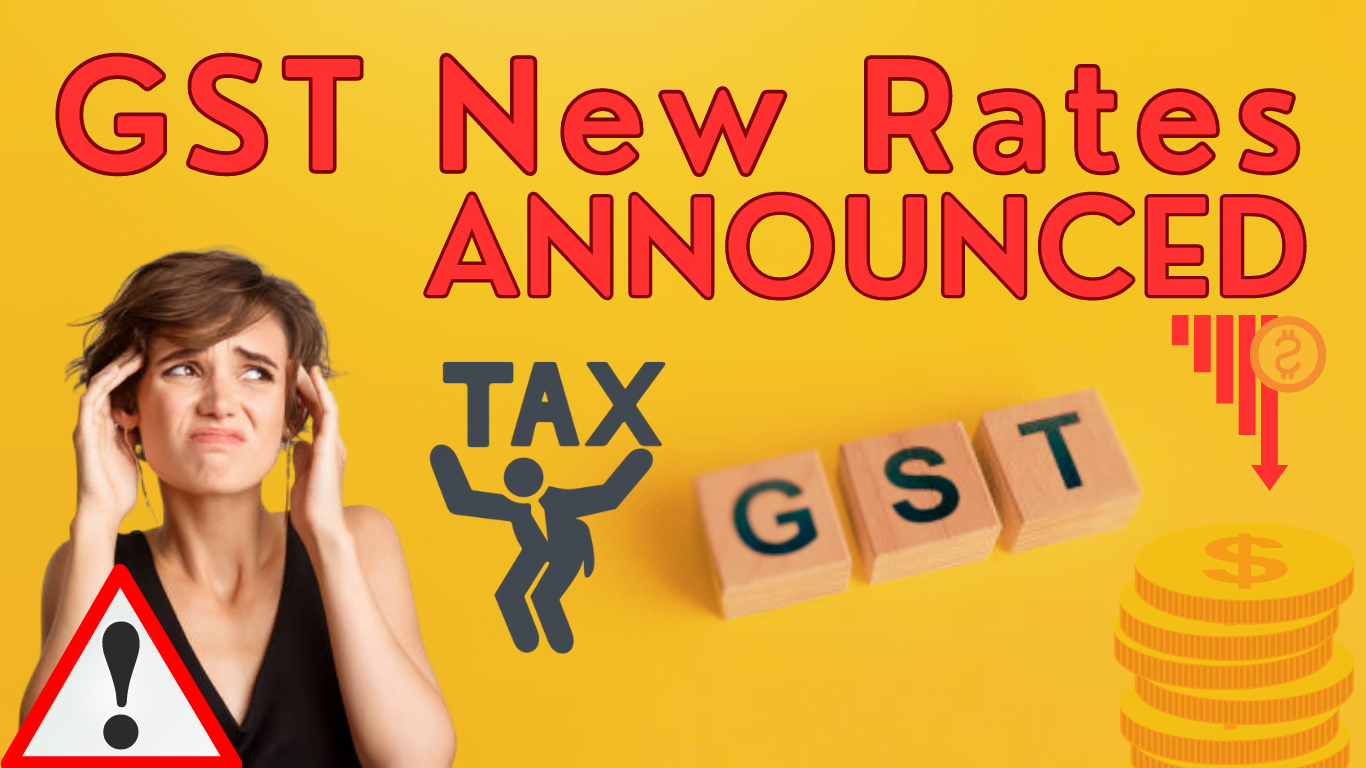A Guide to New Rates of GST in 2023: What You Need to Know
The Goods and Services Tax (GST) is an indirect tax that has been implemented in India to simplify the taxation system. Since its introduction in 2017, GST has undergone several changes in its rates and structure. In this blog post, we will discuss the new rates of GST that are set to come into effect from 1st April 2023 and what it means for businesses and consumers alike.
Overview of GST
GST is a value-added tax that is levied on the supply of goods and services. It is a destination-based tax, which means that the tax is collected by the state where the goods or services are consumed, rather than the state where they are produced or supplied from. The GST system is divided into four tax slabs: 5%, 12%, 18%, and 28%. The rates of GST are determined by the GST Council, which is composed of the Finance Minister and the Finance Ministers of all the states.
New Rates of GST in 2023
The GST Council has recently announced new rates of GST that will be applicable from 1st April 2023. The new rates are aimed at rationalizing the tax structure and making it more beneficial for businesses and consumers. Let’s take a look at the new rates of GST:
- 0% GST: No GST will be levied on essential items such as food grains, milk, eggs, and vegetables.
- 5% GST: This rate will be applicable to items such as tea, coffee, spices, and edible oil.
- 12% GST: This rate will be applicable to items such as medicines, fertilizers, and construction materials.
- 18% GST: This rate will be applicable to items such as electronic items, processed food, and financial services.
- 28% GST: This rate will be applicable to items such as luxury cars, tobacco products, and aerated drinks.
Impact of New Rates of GST
The new rates of GST are expected to have a significant impact on businesses and consumers. For businesses, the new rates of GST will mean lower tax liabilities, which will help them to reduce their operational costs and increase their competitiveness. For consumers, the new rates of GST will mean lower prices of goods and services, which will increase their purchasing power and improve their standard of living.
One of the key benefits of the new rates of GST is that they will help to reduce the compliance burden on businesses. With the introduction of new rates, businesses will have to file fewer tax returns, which will reduce their compliance costs and make it easier for them to comply with the GST regulations.
Another benefit of the new rates of GST is that they will help to boost the economy by increasing consumption. With lower tax rates, consumers will be more inclined to purchase goods and services, which will increase the demand for these items and help to stimulate economic growth.
Conclusion
In conclusion, the new rates of GST that are set to come into effect from 1st April 2023 are expected to have a positive impact on businesses and consumers alike. The new rates will help to rationalize the tax structure, reduce compliance burden, and boost the economy. Businesses should prepare for the implementation of new rates by updating their systems and processes to ensure compliance with the new regulations. Consumers can look forward to lower prices and an increase in their purchasing power.



